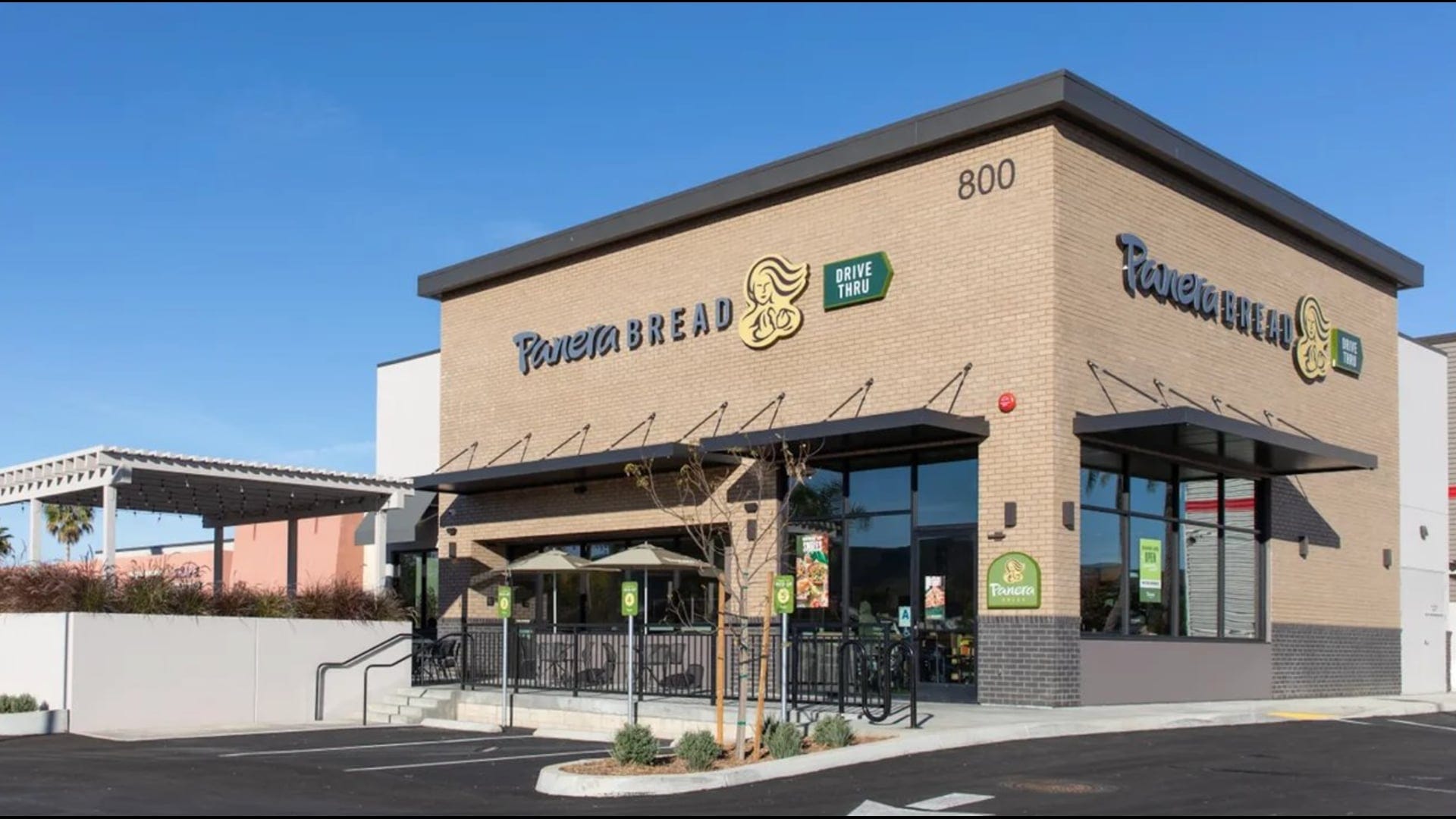July jobs report reveals employers added 73,000 jobs; unemployment rises

U.S. employers added a disappointing 73,000 jobs in July as payroll growth slowed amid President Donald Trump's sweeping import tariffs, intensifying immigration crackdown and massive federal layoffs.
Even more concerning: Job gains for May and June were revised down by a whopping 258,000, portraying a much weaker labor market than believed in late spring and early summer and raising the odds the Federal Reserve will cut interest rates in September.
The unemployment rate rose from 4.1% to 4.2%, the Labor Department announced on Friday, Aug. 1.
Before the report was released, economists had estimated that 105,000 jobs were added in July.
"The cracks in the labor market have widened substantially and add further pressure on the Federal Reserve to lower interest rates,” Nationwide chief economist Kathy Bostjancic wrote in a note to clients.
How's the job market right now?
Economists believed the labor market has been remarkably resilient in recent months despite Trump's economic policies, adding well over 100,000 jobs per month from April through June. But payroll gains for May have now been revised from 144,000 to 19,000 and June’s additions were downgraded from 147,000 to 14,000.
Over the past three months, U.S. job gains have averaged just 35,000.
"To me, today’s jobs report is what entering a recession looks like," Josh Bivens, chief economist of the left-leaning Economic Policy Institute, said in a statement.
While layoffs have remained low, hiring has been soft and fell to a 12-month low in June. June's overall job gains appeared to be bolstered by state and local government hiring but even that silver lining has faded with the outsize revisions to job growth in the spring.
The dismal report adds to a dimming outlook for the U.S. economy. The broader economy grew at a healthy 3% annual rate in the second quarter, the Commerce Department said the week of July 28. But the numbers were pumped up by the reversal of a tariff-related surge in imports that caused the economy to contract early in the year.
What industries are in high demand?
Health care, a reliable job generator the past couple of years, again drove the payroll gains with 55,000 but few other sectors added jobs. Professional and business services lost 14,000; manufacturing shed 11,000 and leisure and hospitality, which includes restaurants and bars, added just 5,000. For months, private-sector job creation has been concentrated in health care, leisure and hospitality and little else.
In July, businesses added a relatively meager 83,000 jobs but it marked progress compared to the paltry 3,000 added in June following the latest revisions. Economist Thomas Ryan of Capital Economics said it may be a sign of firms feeling more confident adding workers as uncertainty from Trump's early April "Liberation Day" reciprocal tariffs has eased.
Is there a federal hiring freeze in 2025?
Meanwhile, the federal government is shedding workers in droves, shedding 12,000 in July and a total of 84,000 since January. A federal hiring freeze was extended from July to October, while 154,000 federal employees have accepted buyouts and tens of thousands more have been laid off. Only a small portion of the layoffs have shown up in the monthly job numbers because they were being challenged in court. The Supreme Court, however, recently lifted that injunction, possibly curtailing employment further last month, Capital Economics said.
Goldman Sachs, though, said the high court ruling likely came too late to affect Labor’s July survey.
How do tariffs affect the job market?
Private-sector hiring has been sluggish and increasingly concentrated in just a few sectors, such as health care and leisure and hospitality. Trump's tariffs have generated uncertainty about their impact on consumer prices and spending, as well as corporate profit margins, causing many businesses to hold off hiring.
Private companies added fewer than 100,000 jobs in June. Manufacturers, which have been hit hardest by the import fees, lost an average of 5,000 jobs a month in the April-June quarter, Goldman noted.
July 31, ahead of a midnight negotiating deadline, the White House announced it would maintain its base 10% tariff on imports from 100 countries but push the fee to 15% for another 40 nations and up to 40% for an additional 30 countries. Economists have estimated the average U.S. tariff would leap from about 3% early this year to 15% to 20% and possibly higher, driving a key inflation measure from 2.8% to upwards of 3%.
How do deportations affect the labor market?
Arrests and deportations of migrants who lack permanent legal status have picked up, hampering hiring in industries such as agriculture, construction and leisure and hospitality. From March through May, those sectors lost an average of 7,000 jobs a month, Goldman said.
Deportations may have ratcheted up further in July after the Supreme Court lifted a judge's order requiring that migrants be granted the chance to show they would be harmed if removed to certain countries, Capital Economics said.
The crackdown, which also restricts the flow of migrants to the U.S., has served as the biggest factor in a labor force that has shrunk by more than 300,000 since January, said economist Dante DeAntonio of Moody’s Analytics.
The labor force participation rate - the share of Americans working or looking for jobs dimmed to 62.2% last month, the lowest since November 2022.
On the one hand, a smaller workforce curbs hiring since employers attract fewer job candidates. But it also has kept the unemployment rate from rising as weaker employer demand is balanced by a smaller pool of job seekers, DeAntonio said.
Contributing: Joey Garrison; Reuters